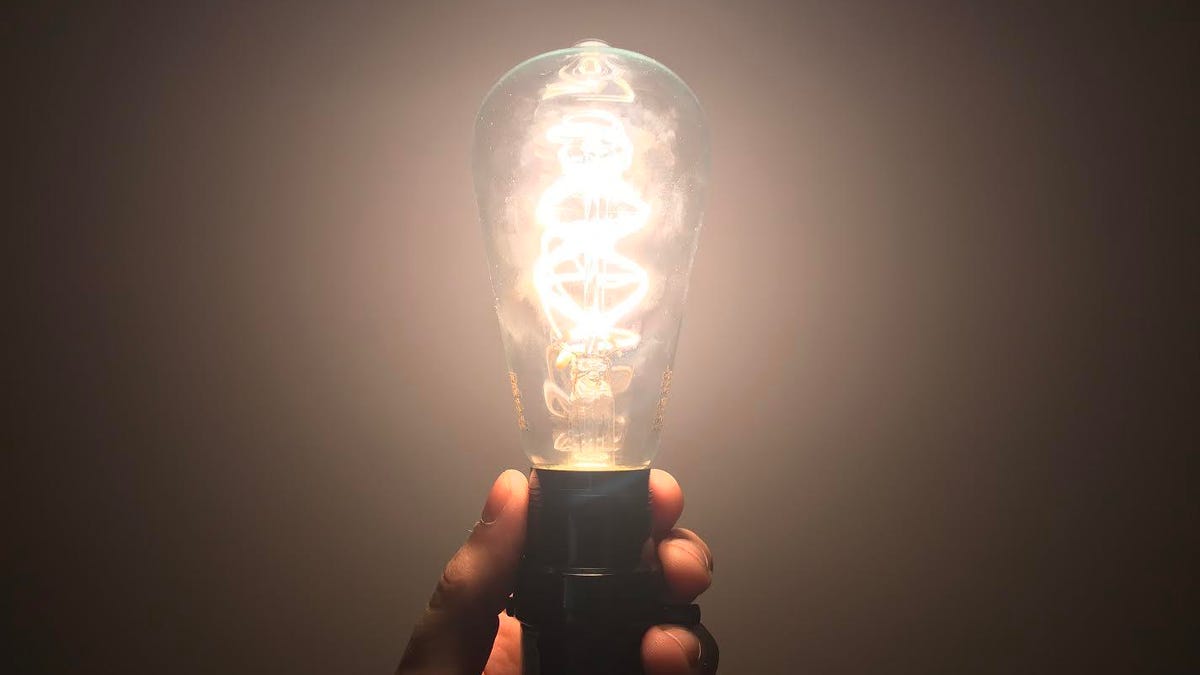

Furniture
How To Fix A Flickering Lamp
Modified: January 18, 2024
Discover how to fix a flickering lamp and bring back the perfect ambiance to your space. Our furniture experts share step-by-step solutions to ensure a well-lit and cozy environment.
(Many of the links in this article redirect to a specific reviewed product. Your purchase of these products through affiliate links helps to generate commission for Storables.com, at no extra cost. Learn more)
Introduction
If you have ever experienced a flickering lamp, you know how annoying it can be. Not only is it distracting, but it can also indicate an underlying issue with your lamp that needs to be addressed. Flickering lamps are a common problem that many people encounter, but fortunately, they can often be fixed with a few simple steps.
In this article, we will explore the common causes of flickering lamps and provide you with step-by-step instructions on how to fix them. Whether you are dealing with a table lamp in your living room or a floor lamp in your bedroom, these tips will help you get your lighting back in top-notch condition.
Before we dive into the troubleshooting process, it is essential to note that if you are uncomfortable working with electrical components or if your lamp is a valuable antique, it is best to consult a professional electrician or lamp repair specialist. They will have the necessary expertise and equipment to handle more complex issues.
However, for simple flickering problems, you can often resolve them on your own with a few basic tools and a little bit of know-how. So, let’s get started and shed some light on how to fix a flickering lamp!
Key Takeaways:
- Don’t let a flickering lamp dim your mood. Follow these simple steps to troubleshoot and fix common causes like loose bulbs, faulty sockets, and damaged cords. Enjoy steady, flicker-free illumination in your space.
- Prioritize safety and gather the necessary tools to address flickering lamps. From checking bulbs to using a voltage stabilizer, you can restore optimal functionality and enhance the ambiance of your space.
Read more: Why Does My Lamp Flicker
Common Causes of Flickering Lamps
Before we delve into the solutions, let’s first understand some of the common causes of flickering lamps. By identifying the root cause, you can take the necessary steps to rectify the problem effectively.
1. Loose Bulb: A loose bulb connection can cause flickering. Over time, the bulb may become loose due to vibrations or inadequate tightening.
2. Incorrect Bulb Wattage: Using a bulb with wattage that exceeds the lamp’s recommended maximum can lead to flickering. The excess power could overload the circuit and cause fluctuations in the light.
3. Faulty Lamp Socket: A faulty socket can prevent the bulb from making proper contact and result in flickering. It may be due to loose wiring, a worn-out socket, or a faulty switch.
4. Worn-out Lamp Switch: A worn-out switch can cause intermittent contact and lead to flickering. Over time, the switch may become dirty, corroded, or loose, affecting its ability to maintain a steady connection.
5. Damaged Lamp Cord: A damaged or frayed lamp cord can also contribute to flickering. If the cord’s insulation is compromised or the wires inside are exposed, it can cause fluctuations in the electrical supply.
6. Wiring Issues: Faulty wiring within the lamp or in the electrical circuit can lead to flickering. It may be due to loose connections, damaged wires, or outdated wiring that is not compatible with the lamp’s electrical requirements.
7. Voltage Fluctuations: If your home’s electrical system experiences fluctuations in voltage, it can affect the performance of your lamps. Rapid changes in voltage can cause flickering and may indicate a problem with your electrical supply or power grid.
By identifying the possible cause of the flickering, you can narrow down the troubleshooting process and find the appropriate solution. In the following sections, we will walk you through the step-by-step process of addressing these common causes and restoring your lamp’s functionality.
Tools and Materials Needed
Before we start troubleshooting and fixing the flickering lamp, it’s important to gather the necessary tools and materials. Having these items on hand will make the process smoother and more efficient. Here are the tools and materials you will need:
- Screwdriver: A screwdriver will be essential for loosening and tightening screws on the lamp socket, switch, and cord.
- Replacement Bulbs: It’s a good idea to have a few spare bulbs on hand so you can easily replace a faulty or incompatible bulb.
- Wire Cutter: If you need to trim or cut any wires during the troubleshooting process, a wire cutter will come in handy.
- Wire Stripper: In case you need to strip the insulation off a wire to make a proper connection, a wire stripper will be necessary.
- Electrical Tape: Electrical tape will help insulate any exposed wires and provide a secure connection.
- Multimeter: A multimeter is an optional but handy tool for checking electrical continuity and voltage levels. It can help identify any electrical issues with the lamp.
- Voltage Stabilizer: If you suspect voltage fluctuations as the cause of the flickering, a voltage stabilizer can help regulate the electrical supply.
These tools and materials should cover most of the troubleshooting steps involved in fixing a flickering lamp. However, depending on the specific issue you encounter, you may need additional items or specialized tools. It’s always a good idea to double-check the manufacturer’s instructions or consult a professional if you have any doubts or concerns about the repair process.
Now that you have everything ready, let’s move on to the step-by-step process of fixing the flickering lamp!
Step 1: Check the Bulb
The first step in troubleshooting a flickering lamp is to check the bulb. Sometimes, a simple fix like tightening or replacing the bulb can resolve the issue. Here’s what you need to do:
- Turn off the lamp: Before inspecting the bulb, make sure the lamp is turned off and unplugged for safety.
- Inspect the bulb: Carefully remove the bulb from the socket and examine it for any visible signs of damage such as cracks or blackened areas. If you notice any damage, it’s time to replace the bulb.
- Check the bulb’s connection: Ensure that the bulb is securely screwed into the socket. Sometimes, a loose connection can cause flickering. Use caution when tightening the bulb to avoid overtightening and potentially damaging the socket.
- Consider the bulb’s wattage: Verify that you are using the correct wattage bulb as recommended by the lamp manufacturer. Using a bulb with wattage higher than recommended can cause the lamp to flicker. If necessary, replace the bulb with one that matches the lamp’s specifications.
- Test the lamp with a different bulb: If you have a spare bulb of the same wattage, try replacing the current bulb with it to see if the flickering issue persists. This will help determine if the problem is with the bulb itself or with other components of the lamp.
If the flickering stops after replacing the bulb or ensuring a secure connection, then congratulations! You have successfully fixed the issue. However, if the flickering continues, it’s time to move on to the next step of troubleshooting.
Keep in mind that it’s always a good idea to have spare bulbs on hand for quick replacements. Regularly checking and maintaining the bulbs in your lamps can help prevent flickering issues in the future.
Step 2: Tighten or Replace the Bulb
If the flickering issue persists after checking the bulb in step 1, the next step is to tighten or replace the bulb. Here’s how you can proceed:
- Turn off and unplug the lamp: Ensure the lamp is switched off and disconnected from the power source before proceeding.
- Tighten the bulb: Carefully remove the bulb from the socket and then re-insert it, making sure to tighten it securely. Sometimes, a loose connection between the bulb and the socket can cause flickering.
- Test the lamp: After tightening the bulb, switch the lamp back on to see if the flickering has stopped. If the issue has been resolved and the light remains steady, you have successfully fixed the problem.
- Replace the bulb: If tightening the bulb does not solve the flickering issue, it may be necessary to replace the bulb. Look for a replacement bulb that matches the lamp manufacturer’s recommended wattage and style.
- Install the new bulb: Remove the old bulb and insert the new one into the lamp socket. Make sure to tighten it securely to avoid any loose connections.
- Test the lamp again: Turn on the lamp and observe if the flickering persists. If the light remains steady with the new bulb, congratulations! You have successfully resolved the issue.
If tightening the bulb or replacing it did not fix the flickering problem, there may be other underlying causes that need to be addressed. Proceed to the next step to continue troubleshooting the issue. Remember, if you are unsure or uncomfortable with any of these steps, it’s always best to consult a professional electrician for assistance.
Read more: How To Fix A Lamp
Step 3: Check the Lamp Socket
If your lamp is still flickering after checking and replacing the bulb, the next step is to inspect the lamp socket. A faulty socket can cause poor contact with the bulb, resulting in flickering. Follow these steps to check the lamp socket:
- Turn off and unplug the lamp: Ensure the lamp is switched off and disconnected from the power source for safety.
- Examine the socket: Carefully inspect the socket for any signs of damage or wear. Look for loose or frayed wires inside the socket. If you notice any issues, it is best to replace the socket to ensure proper electrical contact.
- Tighten the socket: Using a screwdriver, tighten any screws holding the socket in place. Sometimes, loose connections within the socket can cause flickering.
- Clean the socket: If there is any dirt, corrosion, or debris inside the socket, use a clean, dry cloth or a small brush to gently clean it. Ensure the socket is completely dry before reassembling the lamp.
- Test the lamp: Plug in and switch on the lamp to check if the flickering issue has been resolved. If the light is steady and does not flicker, you have successfully fixed the problem.
If the flickering persists after checking and cleaning the lamp socket, there may be further underlying issues that need to be addressed. Proceed to the next step to continue troubleshooting the problem.
Remember, if you are unsure or uncomfortable working with electrical components, it is best to seek assistance from a professional electrician or a lamp repair specialist.
Check the light bulb to make sure it is screwed in properly and not loose. If the bulb is secure and the flickering continues, the issue may be with the lamp socket or wiring. Consider replacing the socket or consulting a professional electrician for further assistance.
Step 4: Inspect the Lamp Switch
If your lamp continues to flicker after checking the bulb and lamp socket, the next step is to inspect the lamp switch. A worn-out or faulty switch can cause intermittent contact and result in flickering. Follow these steps to inspect the lamp switch:
- Turn off and unplug the lamp: Ensure the lamp is switched off and disconnected from the power source for safety.
- Examine the switch: Carefully inspect the lamp switch for any signs of damage, such as cracks, loose connections, or corrosion. If the switch appears worn out or damaged, it may need to be replaced.
- Clean the switch: If there is any dust or debris on the switch, use a clean, dry cloth or a small brush to gently clean it. Ensure the switch is completely dry before reassembling the lamp.
- Tighten the connections: Using a screwdriver, tighten any screws or terminals on the switch to ensure a secure connection. Loose connections can cause flickering.
- Test the lamp: Plug in the lamp and switch it on to determine if the flickering issue has been resolved. If the light remains steady without flickering, you have successfully fixed the problem.
- Consider replacing the switch: If the flickering persists despite cleaning and tightening the switch, it may be necessary to replace the switch. Consult a professional electrician or a lamp repair specialist for assistance if you are uncomfortable with this task.
If the lamp switch is the cause of the flickering, replacing it should resolve the issue. However, if the problem persists, continue to the next step to troubleshoot further.
Remember to always exercise caution when working with electrical components and seek professional help if you are uncertain or uncomfortable with any of the steps.
Step 5: Examine the Lamp Cord
If your lamp is still flickering after inspecting the bulb, socket, and switch, it’s time to examine the lamp cord. A damaged or frayed cord can disrupt the electrical connection and cause flickering. Follow these steps to examine the lamp cord:
- Turn off and unplug the lamp: Ensure the lamp is switched off and disconnected from the power source for safety.
- Inspect the cord: Carefully examine the lamp cord for any visible signs of damage, such as cuts, fraying, or exposed wires. Pay close attention to areas near the plug and where the cord enters the lamp base.
- Repair or replace the damaged cord: If you find any damage to the cord, you have two options: repair or replace it. For minor damage like a small cut, you can use electrical tape to secure and insulate the affected area. However, for extensive damage or exposed wires, it is best to replace the entire cord to ensure safety.
- Reassemble the lamp: If you repaired the cord, make sure it is securely attached to the lamp socket and the plug. If you replaced the cord, follow the manufacturer’s instructions for installation.
- Test the lamp: Plug in the lamp and switch it on to check if the flickering issue has been resolved. If the light remains steady without any flickering, you have successfully fixed the problem.
If the lamp cord was the cause of the flickering, repairing or replacing it should resolve the issue. However, if the problem persists, proceed to the next step to continue troubleshooting.
Remember to always prioritize safety when dealing with electrical components. If you are unsure or uncomfortable with any of the steps, consult a professional electrician or a lamp repair specialist for assistance.
Step 6: Address Wiring Issues
If your lamp is still flickering after inspecting and addressing the bulb, socket, switch, and cord, it’s time to consider wiring issues as a potential cause. Faulty or damaged wiring within the lamp or in the electrical circuit can result in flickering. Follow these steps to address wiring issues:
- Turn off and unplug the lamp: Ensure the lamp is switched off and disconnected from the power source for safety.
- Examine the lamp wiring: Carefully inspect the wiring inside the lamp for any signs of loose connections, damaged insulation, or exposed wires. Look for any burn marks or discoloration, which may indicate a wiring issue.
- Inspect the electrical circuit: If possible, check the electrical circuit that supplies power to the lamp. Look for any loose connections or damaged wiring that may be affecting the performance of the lamp.
- Address loose connections: If you find any loose connections within the lamp or in the electrical circuit, tighten them securely. Loose connections can cause flickering.
- Repair or replace damaged wiring: If you notice any damaged insulation, exposed wires, or other wiring issues, it is best to consult a professional electrician or lamp repair specialist. They will have the expertise and necessary tools to repair or replace the wiring safely.
- Test the lamp: Once any wiring issues have been addressed, plug in the lamp and switch it on to see if the flickering problem has been resolved. If the light remains steady, congratulations! You have successfully fixed the issue.
Addressing wiring issues requires technical knowledge and expertise. If you are unsure or uncomfortable working with electrical wiring, it is highly recommended to seek professional help from a qualified electrician or lamp repair specialist.
Remember, electrical safety should always be a top priority. Do not attempt any repairs or modifications that you are not confident in performing.
Read more: How To Fix A Touch Lamp
Step 7: Consider Using a Voltage Stabilizer
If you have gone through the previous steps and are still experiencing flickering in your lamp, it may be worth considering the use of a voltage stabilizer. Voltage fluctuations in your electrical supply can cause the lamp to flicker. A voltage stabilizer can help regulate and stabilize the incoming voltage, resulting in more consistent and stable lighting. Here’s what you need to know:
- Research voltage stabilizers: Look for voltage stabilizers that are suitable for your specific electrical needs. Consider factors such as capacity, voltage range, and compatibility with your home’s electrical system.
- Consult an electrician: If you are unsure about which voltage stabilizer to choose or how to install it, it is best to consult a professional electrician. They can assess your electrical system, recommend an appropriate voltage stabilizer, and ensure proper installation.
- Purchase and install the voltage stabilizer: Once you have chosen the right voltage stabilizer, follow the manufacturer’s instructions for installation. Ensure that the stabilizer is integrated into your electrical system according to the appropriate guidelines and safety standards.
- Observe the lamp’s performance: After installing the voltage stabilizer, monitor the lamp’s performance over time. If the flickering issue subsides and the light remains stable, you have successfully addressed the problem with the help of the stabilizer.
Using a voltage stabilizer can be an effective solution for flickering lamps caused by voltage fluctuations. However, it is essential to note that if the flickering persists even after installing a stabilizer, there may be other underlying issues that require further investigation or professional assistance.
Always prioritize safety and consult a qualified electrician for guidance and support when working with electrical components or modifying your electrical system.
Conclusion
Flickering lamps can be a frustrating problem, but with the right troubleshooting steps, they can often be easily resolved. By addressing common causes such as loose bulbs, faulty sockets, worn-out switches, damaged cords, wiring issues, and voltage fluctuations, you can restore your lamp to its optimal functionality.
Throughout the troubleshooting process, it is important to prioritize safety. If at any point you feel uncomfortable or unsure about working with electrical components, it is best to consult a professional electrician or lamp repair specialist. They have the expertise and knowledge to handle more complex issues and ensure proper repairs and installations.
Remember to gather the necessary tools and materials before starting your troubleshooting journey and to follow the step-by-step instructions provided for each potential cause. Keep in mind that not all lamps are the same, so adapt the steps to your specific lamp’s design and specifications.
By thoroughly inspecting and addressing the bulb, socket, switch, cord, and wiring, you can diagnose and fix the problem causing the lamp to flicker. If all else fails, consider using a voltage stabilizer to regulate the incoming electrical supply and prevent fluctuations that lead to flickering.
By taking the time to troubleshoot and fix your flickering lamp, you will not only improve the functionality of the lamp but also enhance the overall ambiance and lighting in your space.
So don’t let a flickering lamp dim your mood. Take action, follow the steps outlined in this article, and enjoy the steady, flicker-free illumination that your lamp was meant to provide.
Frequently Asked Questions about How To Fix A Flickering Lamp
Was this page helpful?
At Storables.com, we guarantee accurate and reliable information. Our content, validated by Expert Board Contributors, is crafted following stringent Editorial Policies. We're committed to providing you with well-researched, expert-backed insights for all your informational needs.
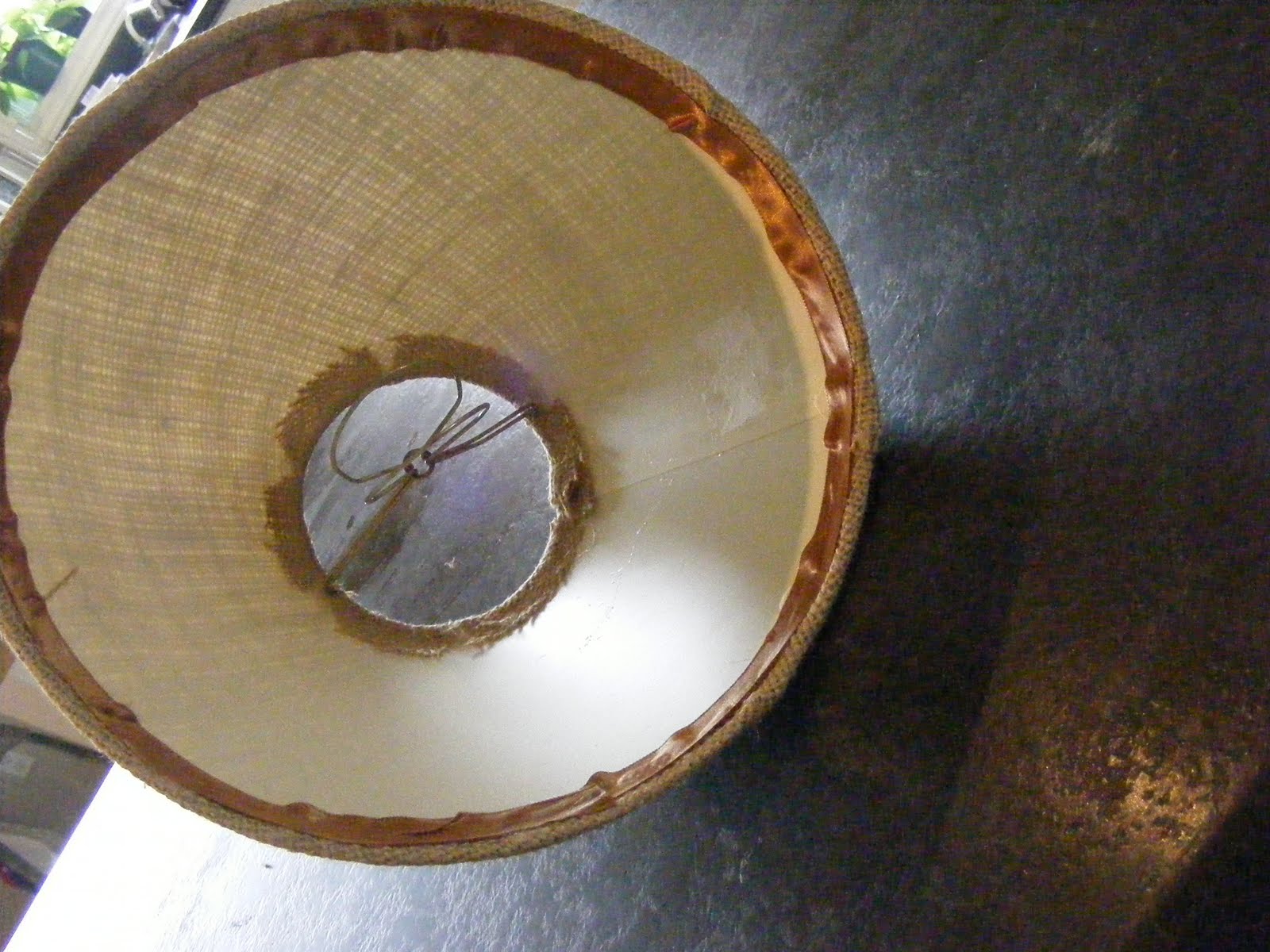
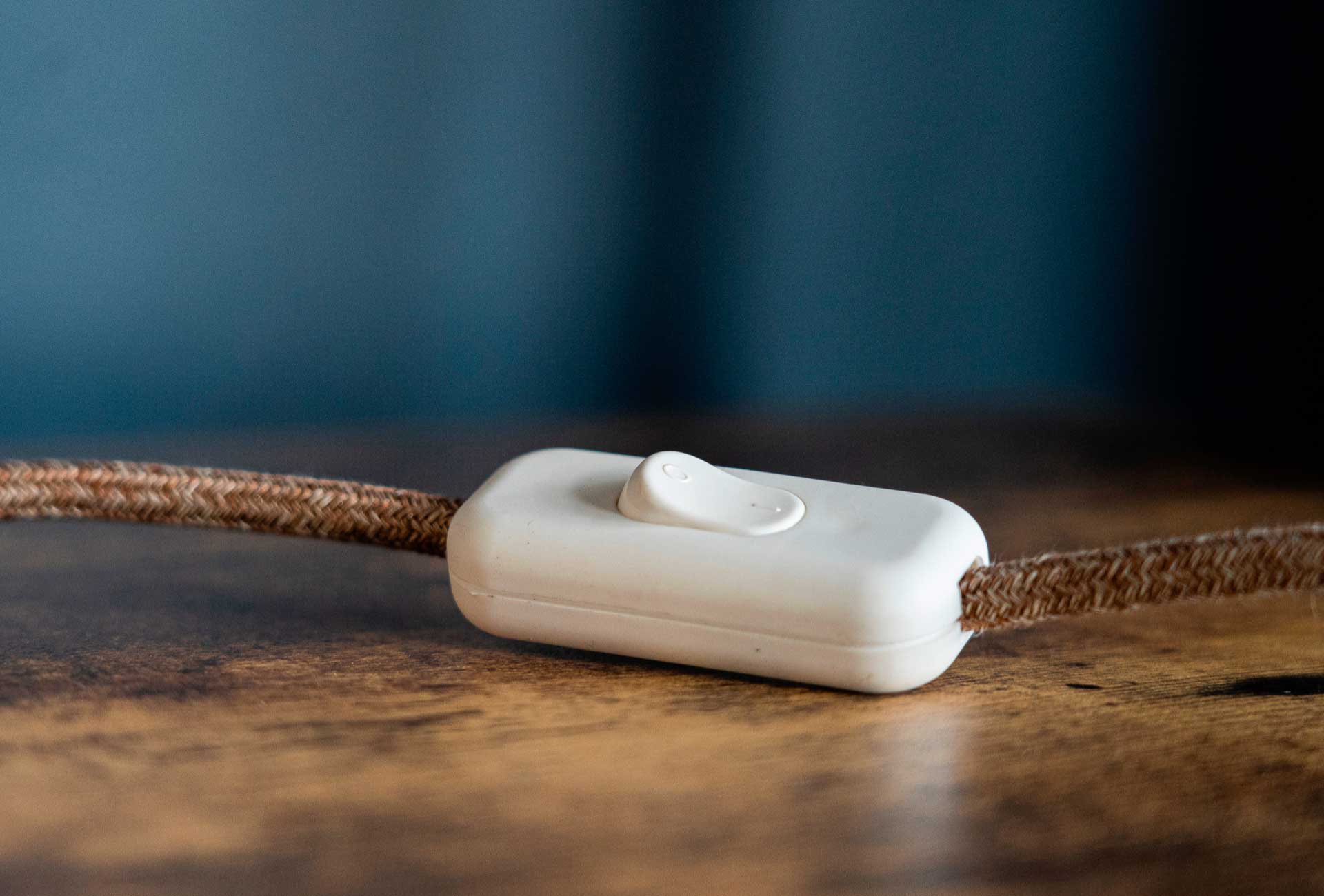
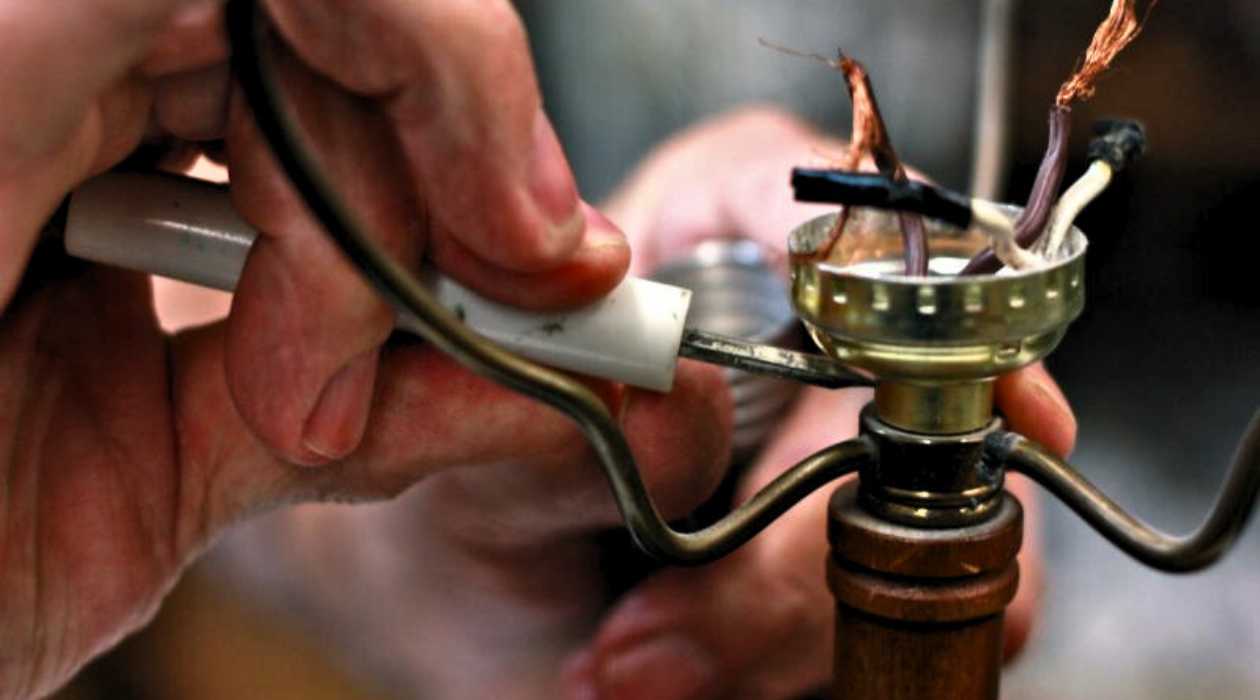
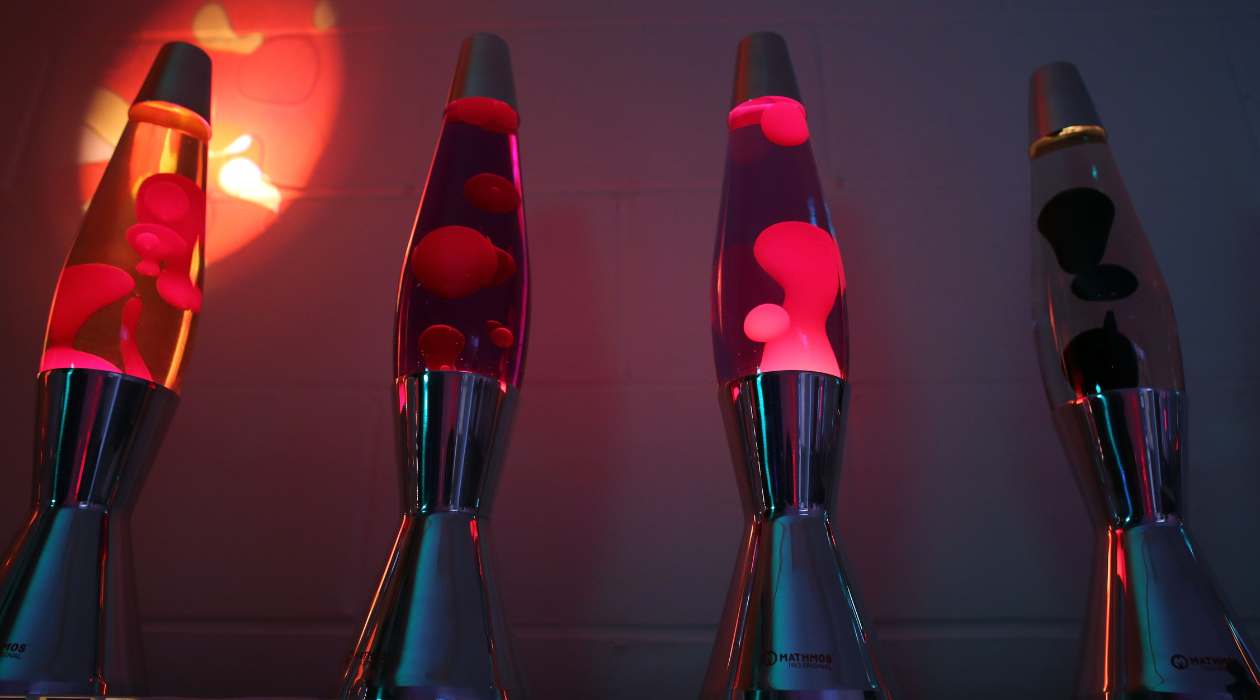
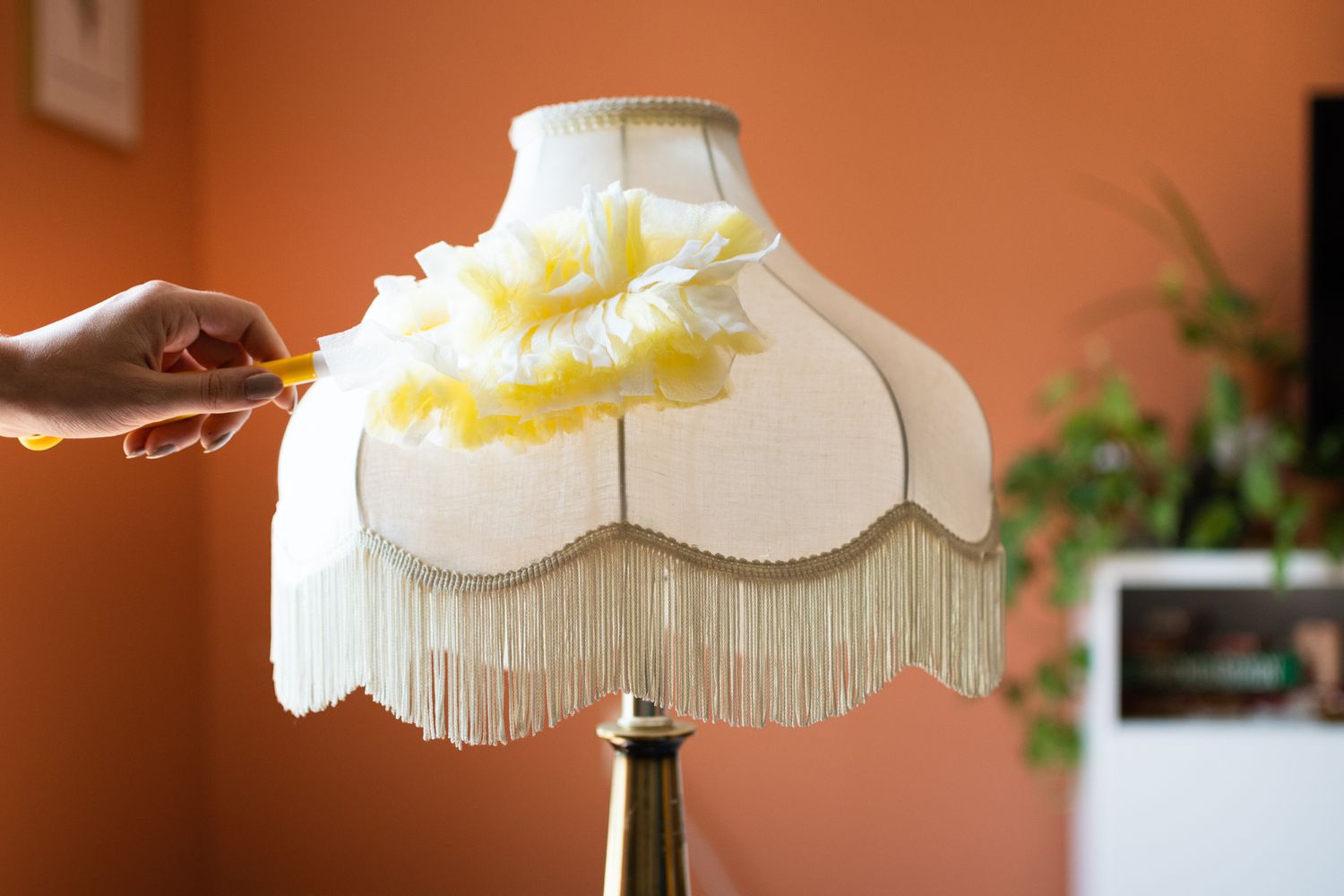
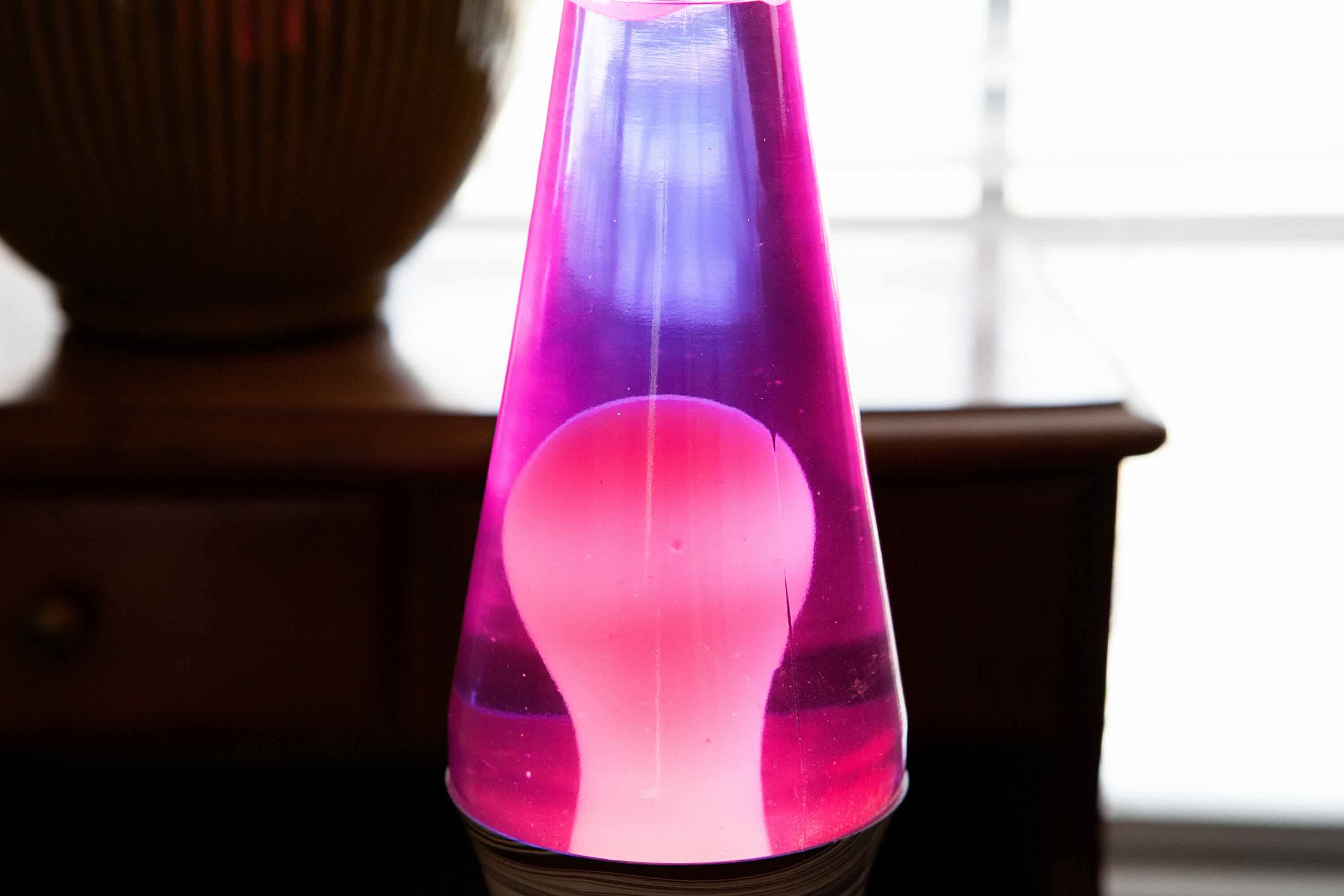
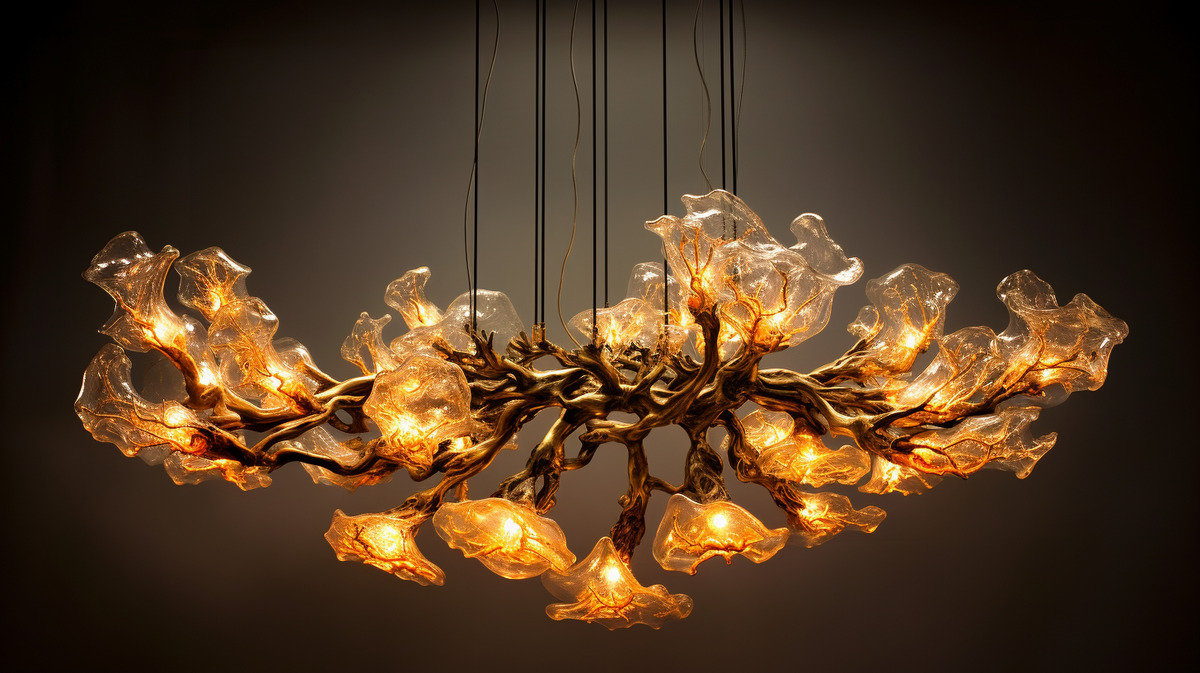
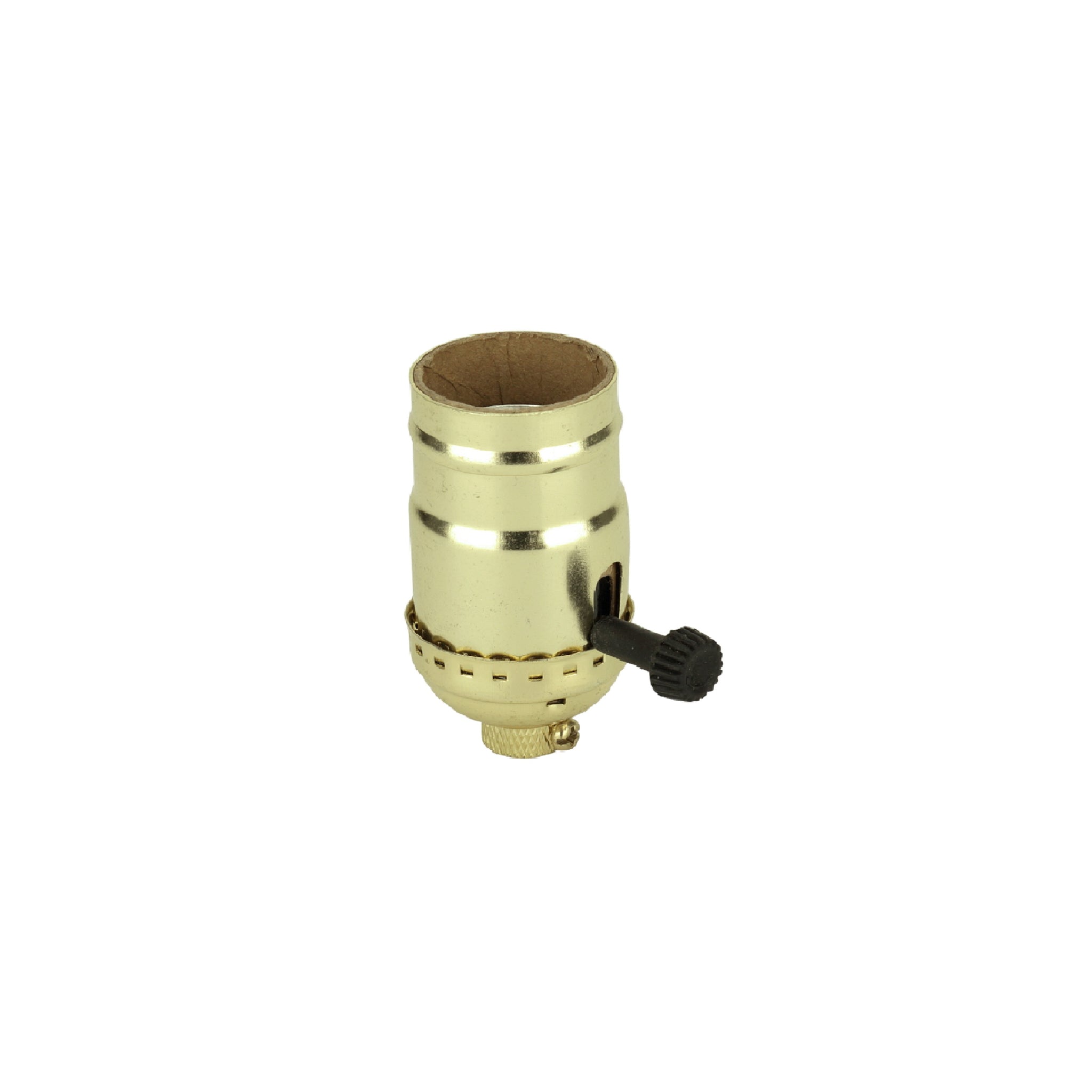
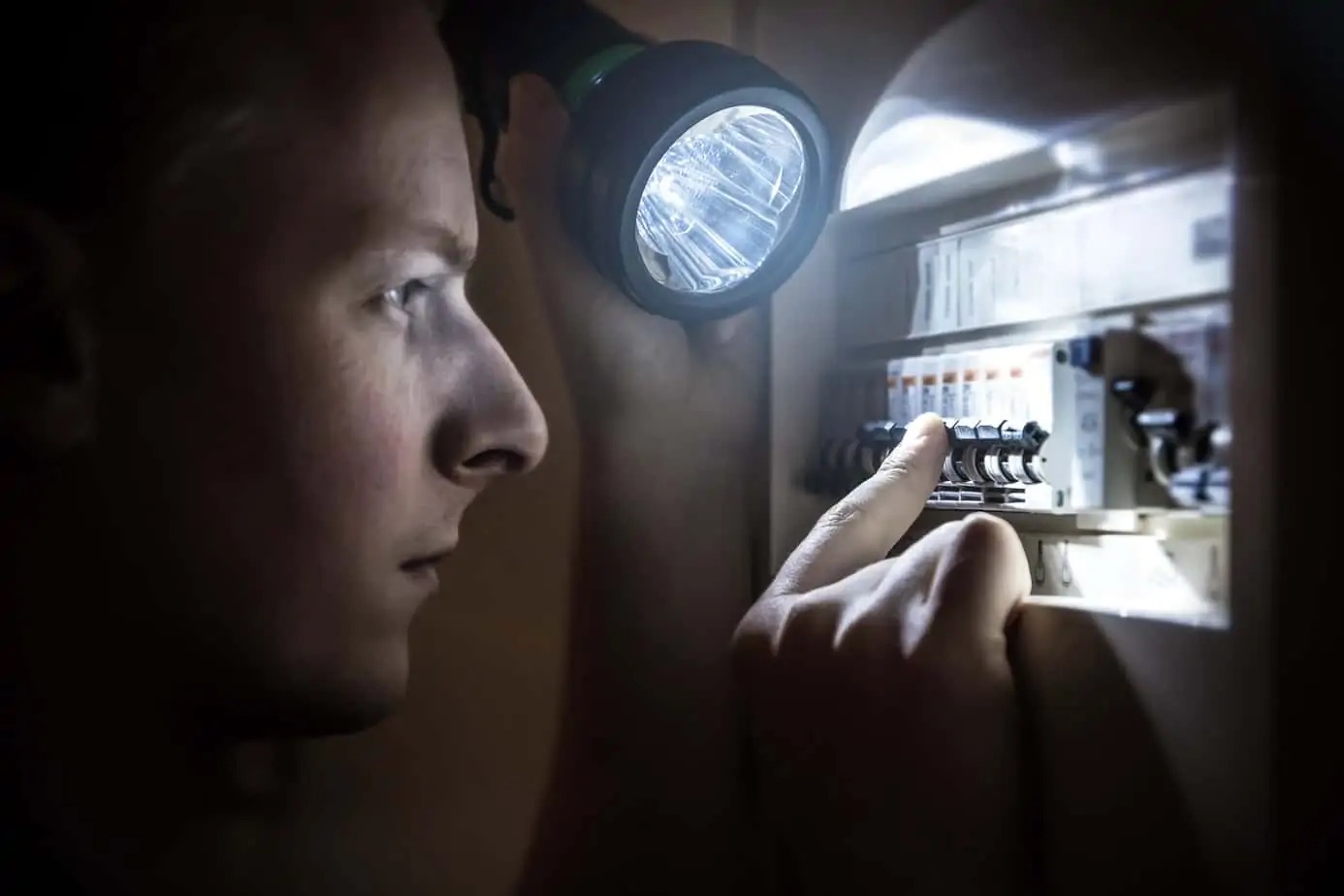

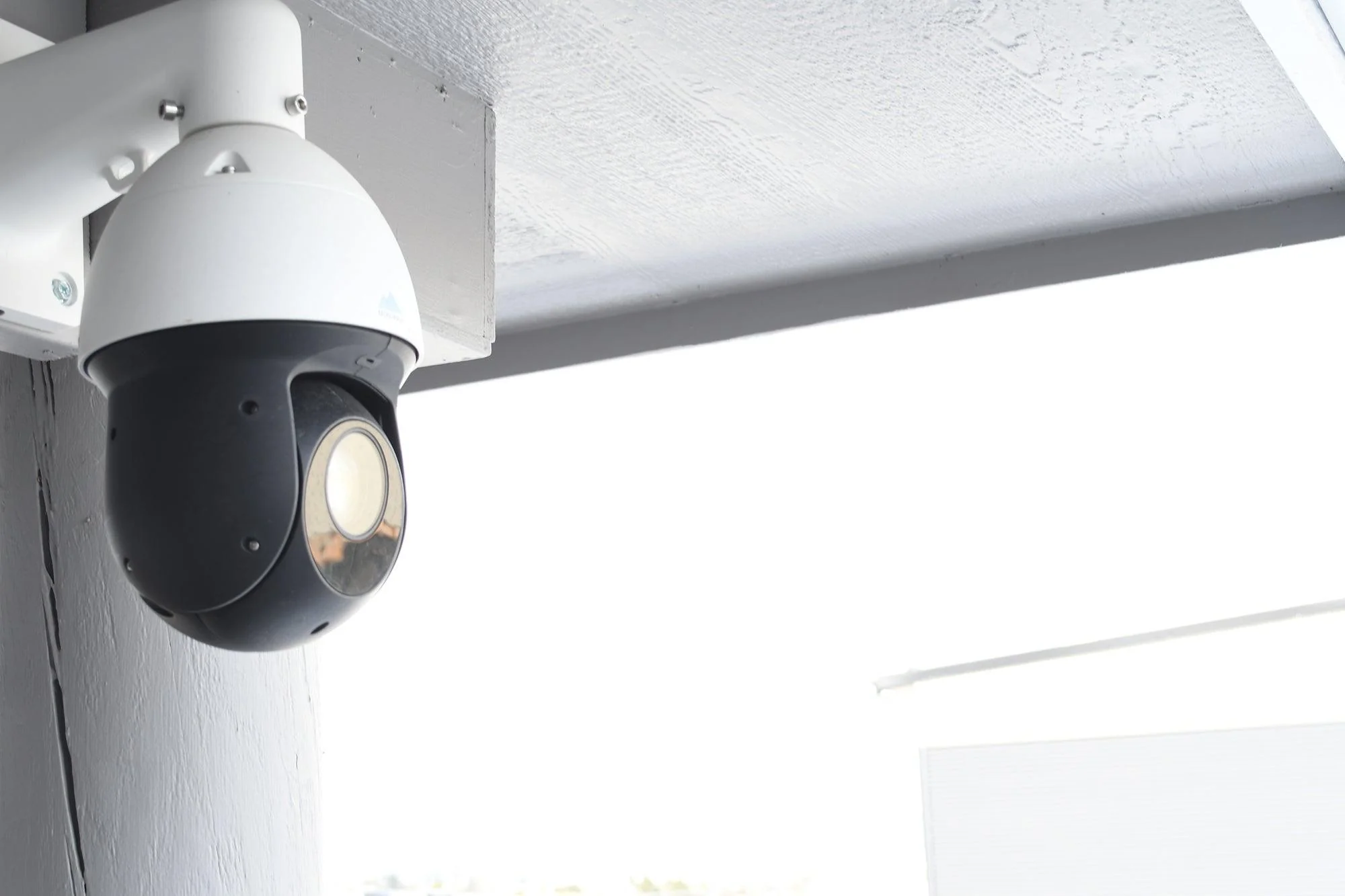
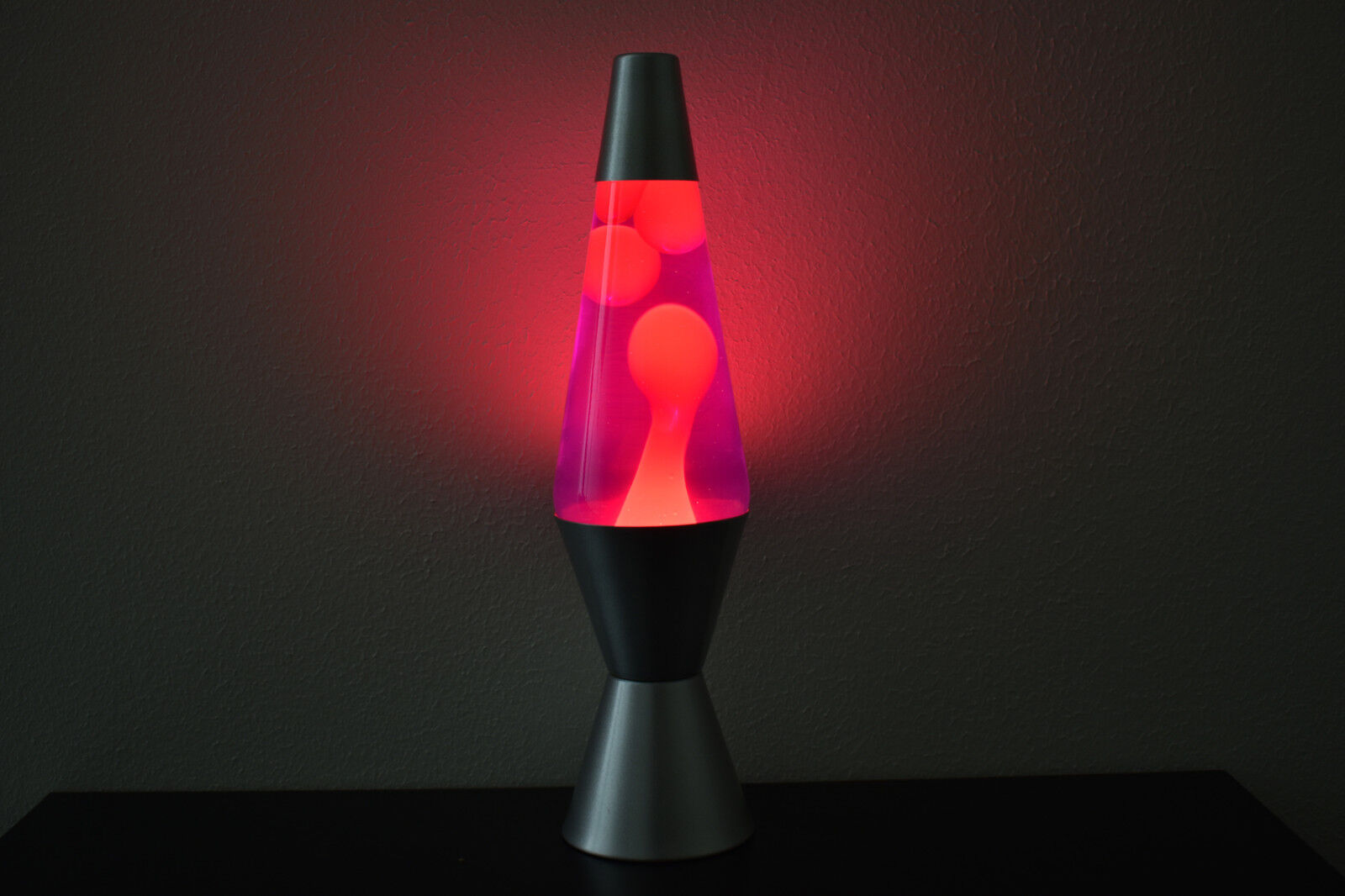
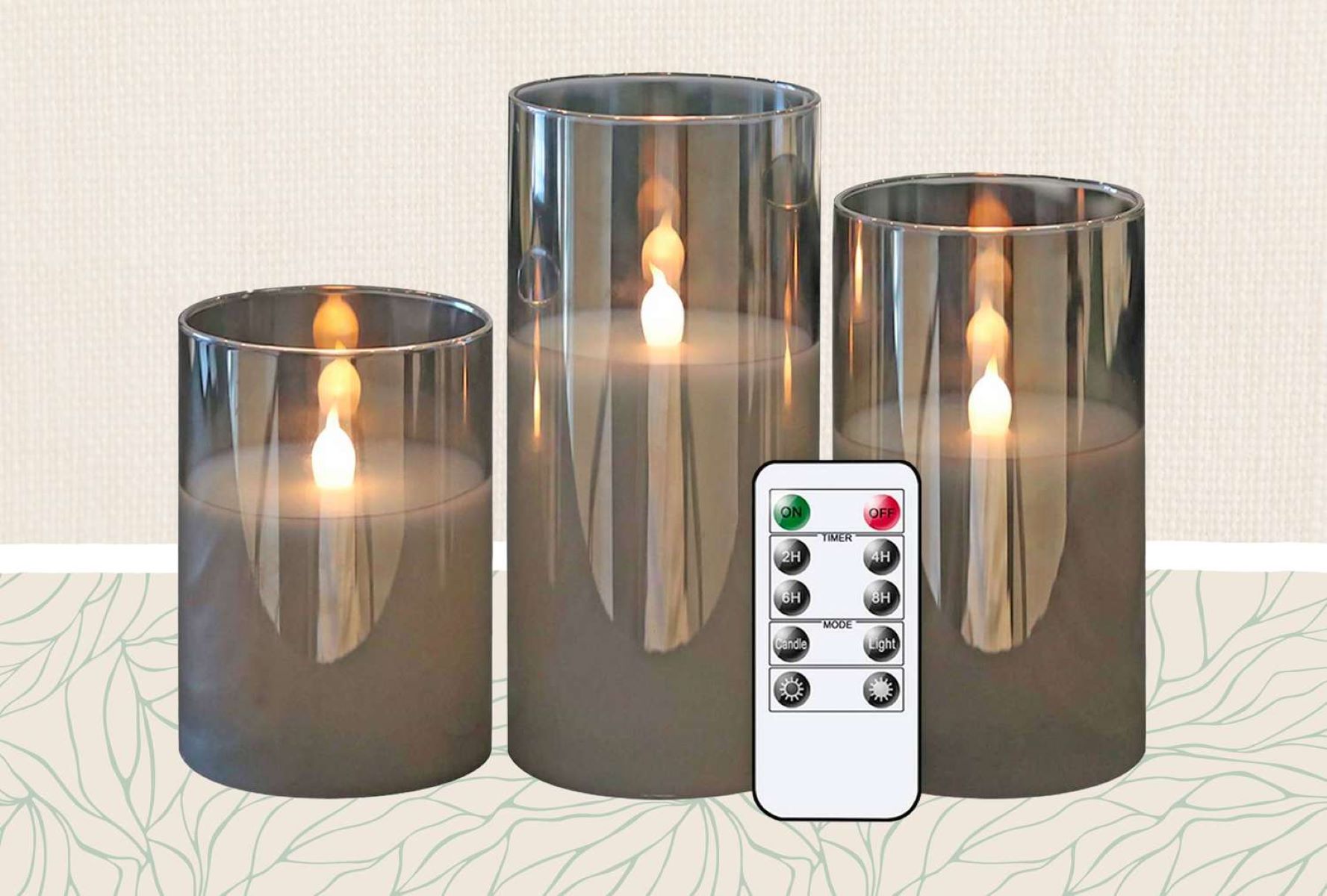

0 thoughts on “How To Fix A Flickering Lamp”